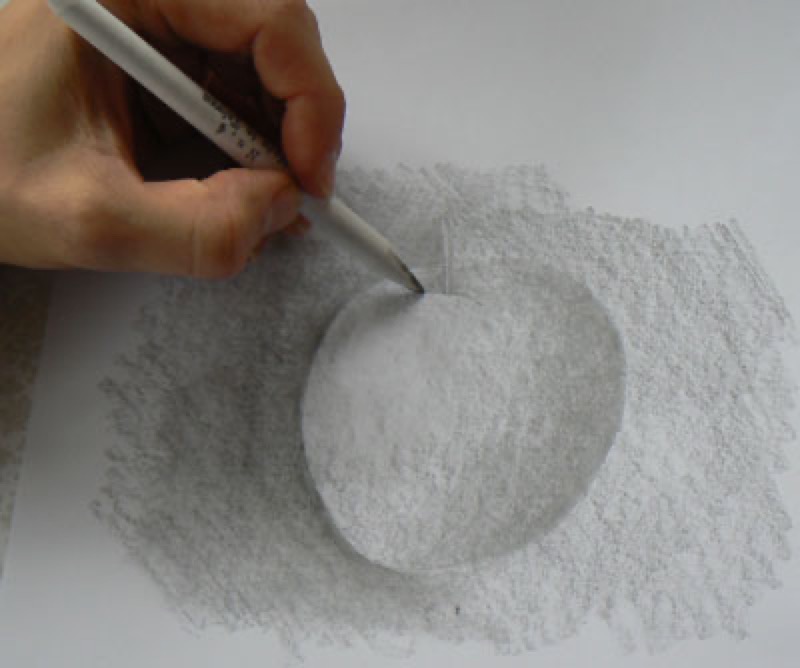Stumping means softening, toning down, blending, shading… Multiple definitions for such a simple gesture! Choose the most appropriate one for the effect you want.
What you need to know
The softer the medium you use, the more you can stump it. Why? This is because it leaves more drawing material residue on the paper for you to spread around. Charcoal and sanguine are the materials that stump the best!


